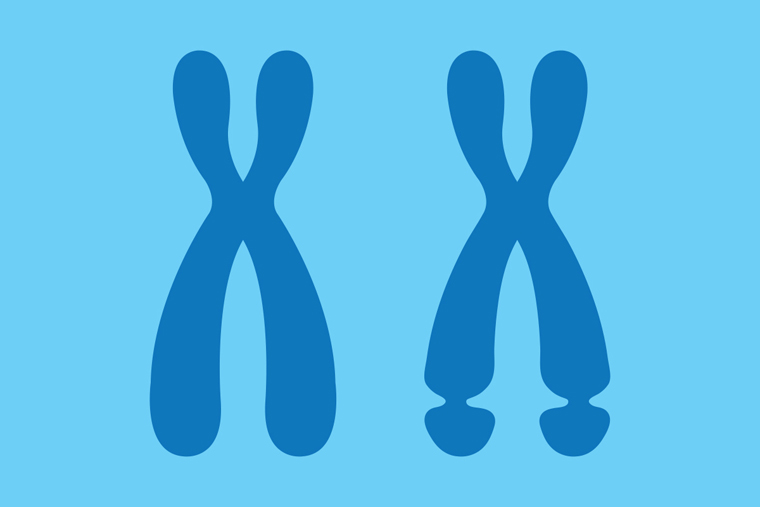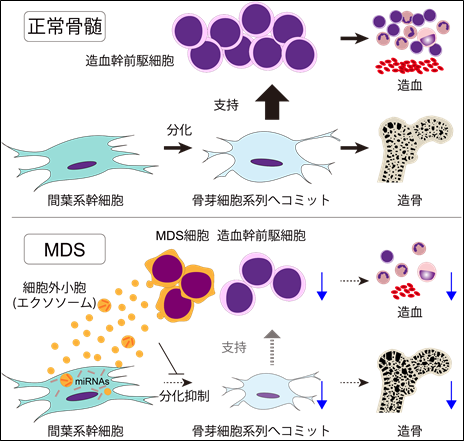この発見は、不妊症対策や生殖器の老化を遅らせるための介入につながる可能性があります。 Finding could lead to interventions to combat infertility, delay reproductive aging
2022-05-19 ノースウェスタン大学
 A magnified view of the part of the roundworm’s organ where egg precursor cells are made
A magnified view of the part of the roundworm’s organ where egg precursor cells are made
この研究では、生物学の研究でよく使われるモデル生物として確立している、透明で小さな線虫C. elegansを使用しました。雌の回虫を雄のフェロモンにさらすと、雌の卵細胞の老化が遅くなり、その結果、より健康な子供が生まれることがわかった。
この実験では、胚の死が2倍以上減少しただけでなく、生存している子供の染色体異常も2倍以上減少した。また、顕微鏡で見ると、卵細胞は、加齢に伴ってよく見られる小さくて形の悪いものではなく、より若々しく健康的なものであった。
研究者らは、この発見が、卵細胞の質を改善し、生殖機能の老化の始まりを遅らせることによって、ヒトの不妊症の問題に対処する薬理学的介入につながる可能性があると考えている。
<関連情報>
- https://news.northwestern.edu/stories/2022/05/male-pheromones-improve-health-of-females-eggs/
- https://www.pnas.org/doi/10.1073/pnas.2015576119
卵生生殖細胞の質を向上させる男性フェロモン A male pheromone that improves the quality of the oogenic germline
Erin Z. Aprison, Svetlana Dzitoyeva, David Angeles-Albores, and Ilya Ruvinsky
Proceedings of the National Academy of Sciences Published:May 16, 2022
DOI:https://doi.org/10.1073/pnas.2015576119
Abstract
Pheromones exchanged by conspecifics are a major class of chemical signals that can alter behavior, physiology, and development. In particular, males and females communicate with potential mating partners via sex pheromones to promote reproductive success. Physiological and developmental mechanisms by which pheromones facilitate progeny production remain largely enigmatic. Here, we describe how a Caenorhabditis elegans male pheromone, ascr#10, improves the oogenic germline. Before most signs of aging become evident, C. elegans hermaphrodites start producing lower-quality gametes characterized by abnormal morphology, increased rates of chromosomal nondisjunction, and higher penetrance of deleterious alleles. We show that exposure to the male pheromone substantially ameliorates these defects and reduces embryonic lethality. ascr#10 stimulates proliferation of germline precursor cells in adult hermaphrodites. Coupled to the greater precursor supply is increased physiological germline cell death, which is required to improve oocyte quality in older mothers. The hermaphrodite germline is sensitive to the pheromone only during a time window, comparable in duration to a larval stage, in early adulthood. During this period, prereproductive adults assess the suitability of the environment for reproduction. Our results identify developmental events that occur in the oogenic germline in response to a male pheromone. They also suggest that the opposite effects of the pheromone on gamete quality and maternal longevity arise from competition over resource allocation between soma and the germline.


